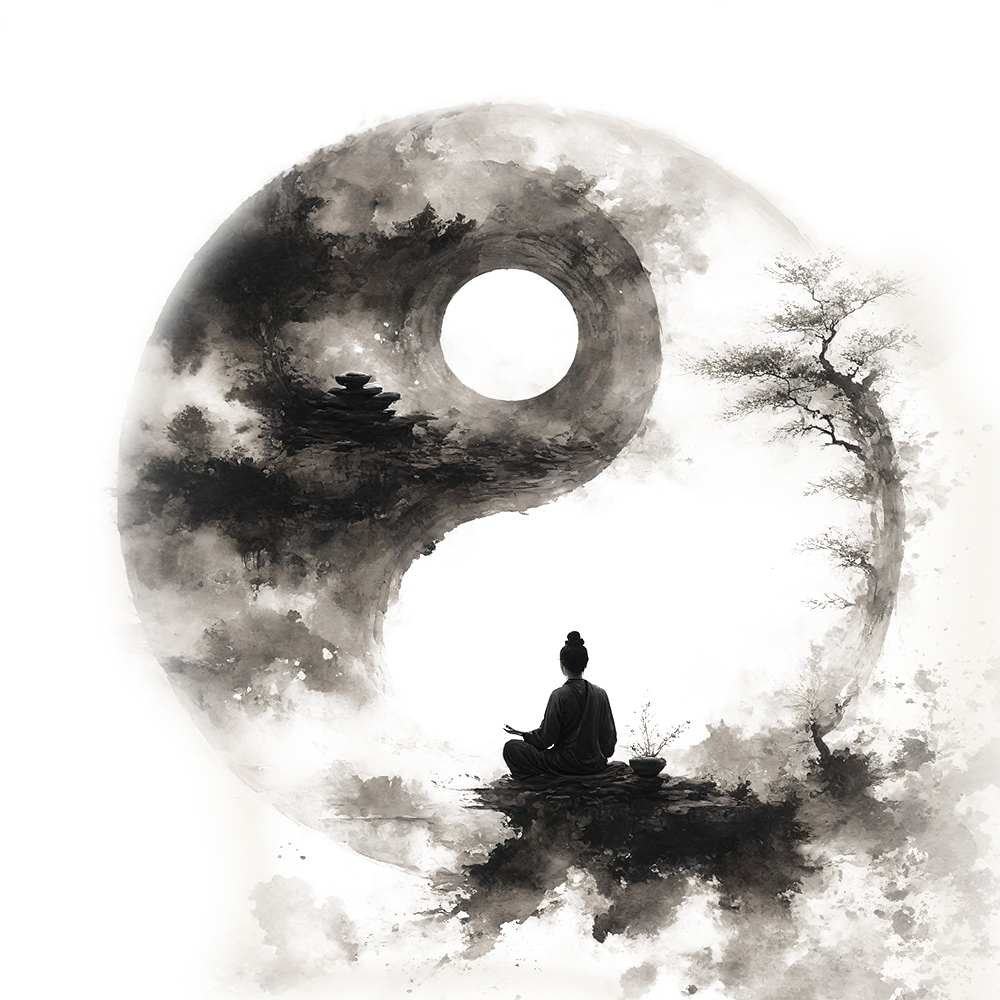Geographical Profile
Names:
- Xiānshì Shān (仙室山, “Immortal Abode Mountain”)
- Tàiyuè Shān (太岳山, “Supreme Peak Mountain”)
- Tàihé Shān (太和山, “Great Harmony Mountain”)
- Zhànshàng Shān (譧上山, Ancient Chu State name)
Location:
- Northwest Hubei Province, Danjiangkou City
- Han River’s south bank, stretching 260km NW-SE as part of Daba Mountains
- Opposite Dahong Mountain across Han River
Administration:
- Wudangshan Tourism Economic Zone (312 km²)
- Designations:
✅ UNESCO World Heritage Site
✅ China 5A-Level Scenic Area
✅ National Key Cultural Relics Unit
Taoist Significance:
- Foremost of China’s Four Sacred Taoist Mountains (with Longhu, Qiyun, and Qingcheng)
Historical Timeline
Imperial Era
- 202 BCE: Han Dynasty establishes Wudang County (named after the mountain)
- 89 CE: First recorded in Book of Han as source of Qian River
- 4th c.: Renamed Xieluo Mountain after hermit-official Xie Yun
- 627 CE: Tang Emperor Li Shimin builds Five Dragon Shrine after successful rain prayer
- 896 CE: Listed 9th in Taoist 72 Blessed Lands
- 1285 CE: Yuan Emperor Kublai Khan endorses Taoist practices here
- 1304 CE: Granted Wudang Blessed Land title
Ming Golden Age
- 1412-1423: Emperor Yongle’s 200,000-worker megaproject:
- 33 temple complexes built
- “Southern Forbidden City” architectural style
- 1552: Jiajing Emperor’s large-scale renovations
Modern Preservation
- 1961: Golden Hall becomes National Cultural Relic
- 1967: Danjiangkou Reservoir submerges 1/3 heritage sites (including Jingle Palace)
- 1982-2001: Key structures gain state protection (Purple Cloud Palace, Jade Void Ruins)
- 1994: UNESCO World Heritage inscription
- 2006: Jingle Palace replica completed (with original 16th-c. tortoise steles)
- 2012:
- 600th-anniversary celebrations
- Yu Zhen Palace elevation project for South-North Water Diversion
Key Heritage Sites
| Site | Era | Significance |
|---|---|---|
| Golden Summit Complex | Ming | Gilded bronze hall surviving 500+ years of lightning |
| Purple Cloud Palace | Ming | Best-preserved Taoist wooden architecture |
| Nanyan Cliff Temple | Yuan | “Dragon Head Incense” perilous overhang |
| Jade Void Palace Ruins | Ming | Original 2,200-room imperial complex |
| Mystic Peak Gate | Ming | Ornate 12m stone memorial archway |
“Where emperors prayed and hermits attained immortality, Wudang’s peaks still whisper Taoist secrets to the clouds.”
Conservation Note:
- 1967 reservoir flooding destroyed ≈30% of original structures
- Ongoing digital archiving of submerged artifacts
[QR code for UNESCO World Heritage documentation]
This version:
- Standardizes mountain name variants with original Chinese characters
- Highlights geopolitical context (Han River positioning)
- Visualizes historical milestones through tiered chronology
- Emphasizes architectural salvage efforts post-1967 flooding
- Uses UNESCO-aligned terminology for heritage designations
- Includes lesser-known facts (Chu State name “譧上山”)
Recommended supplement: Interactive map showing submerged vs. preserved sites.

